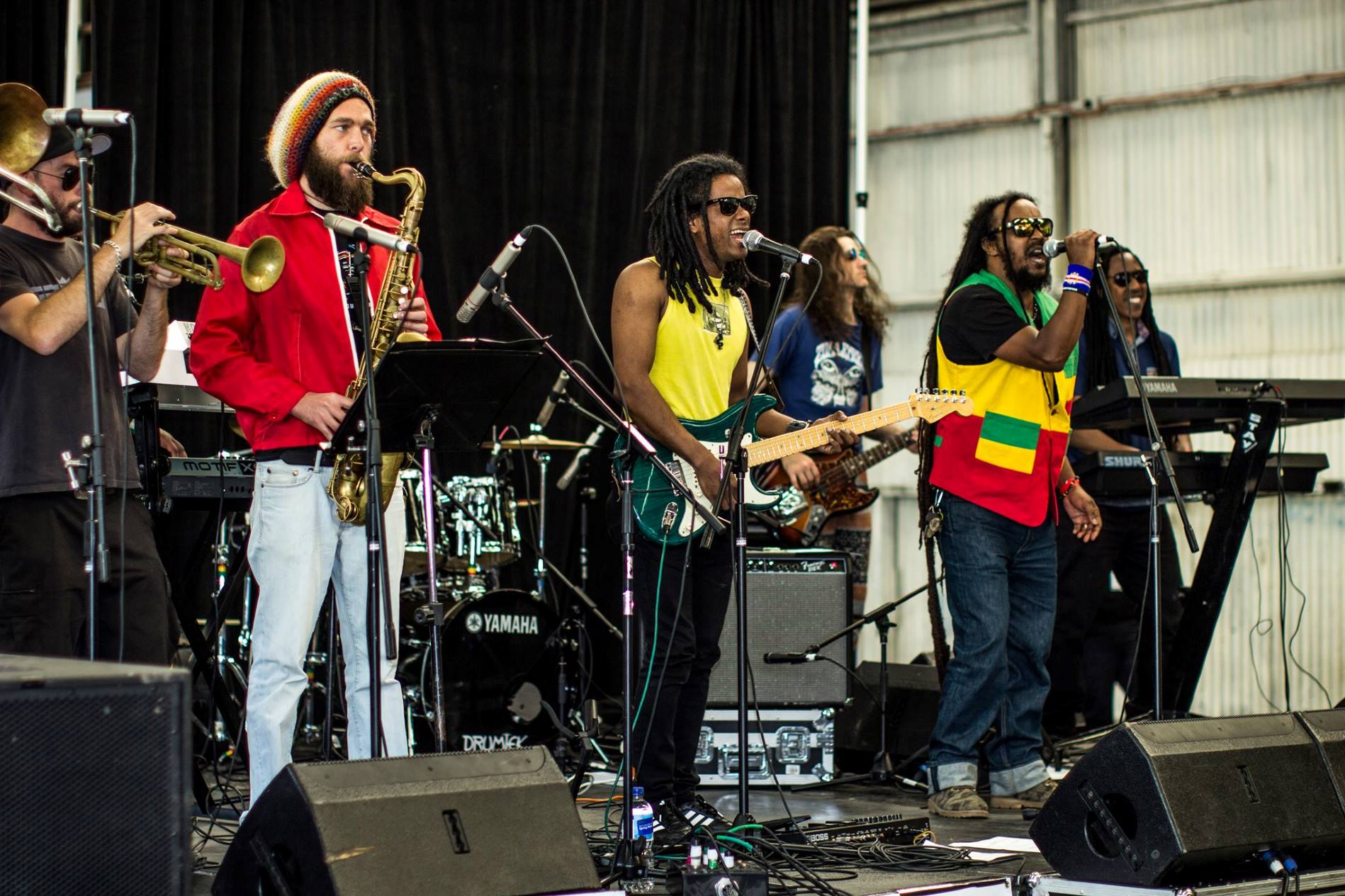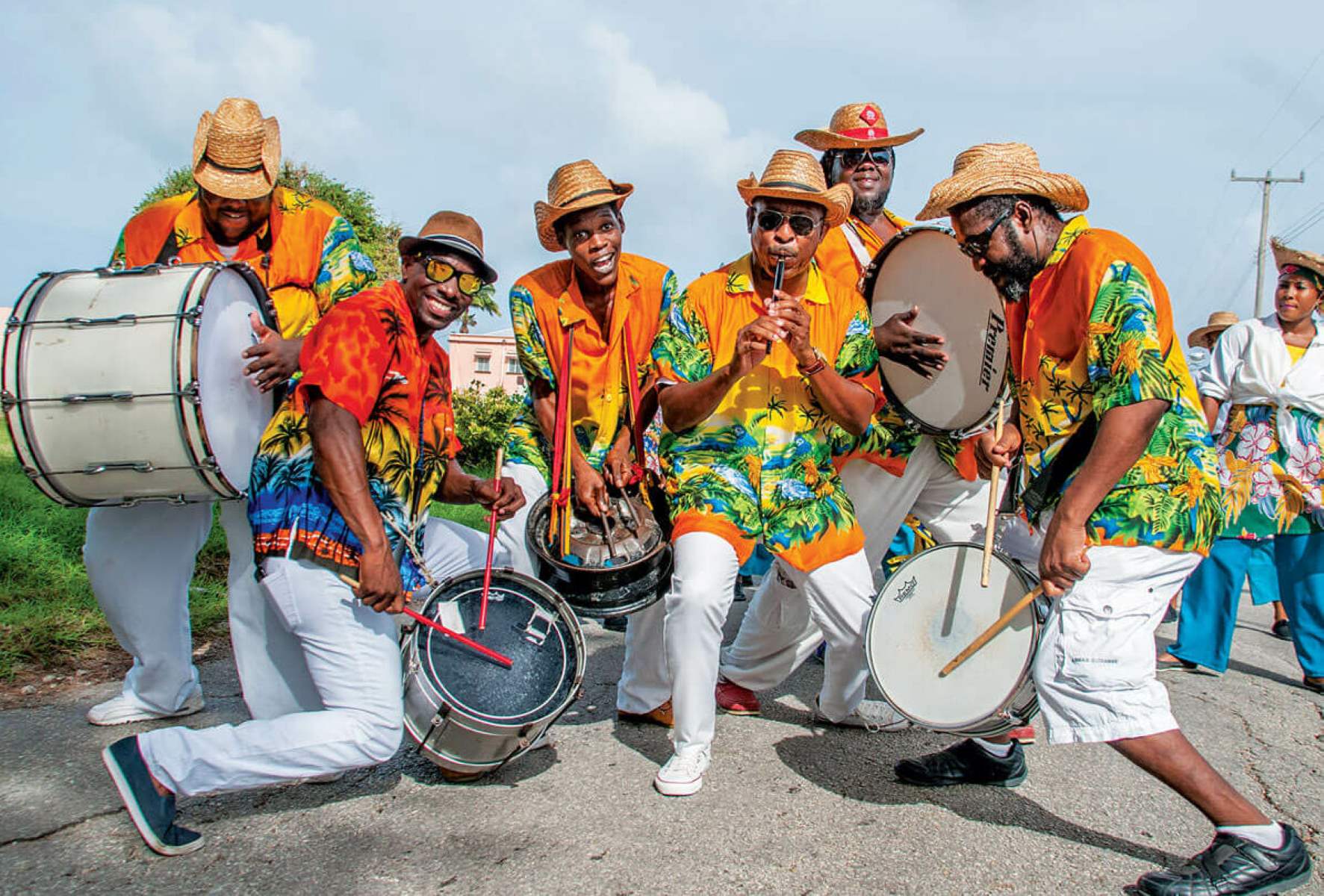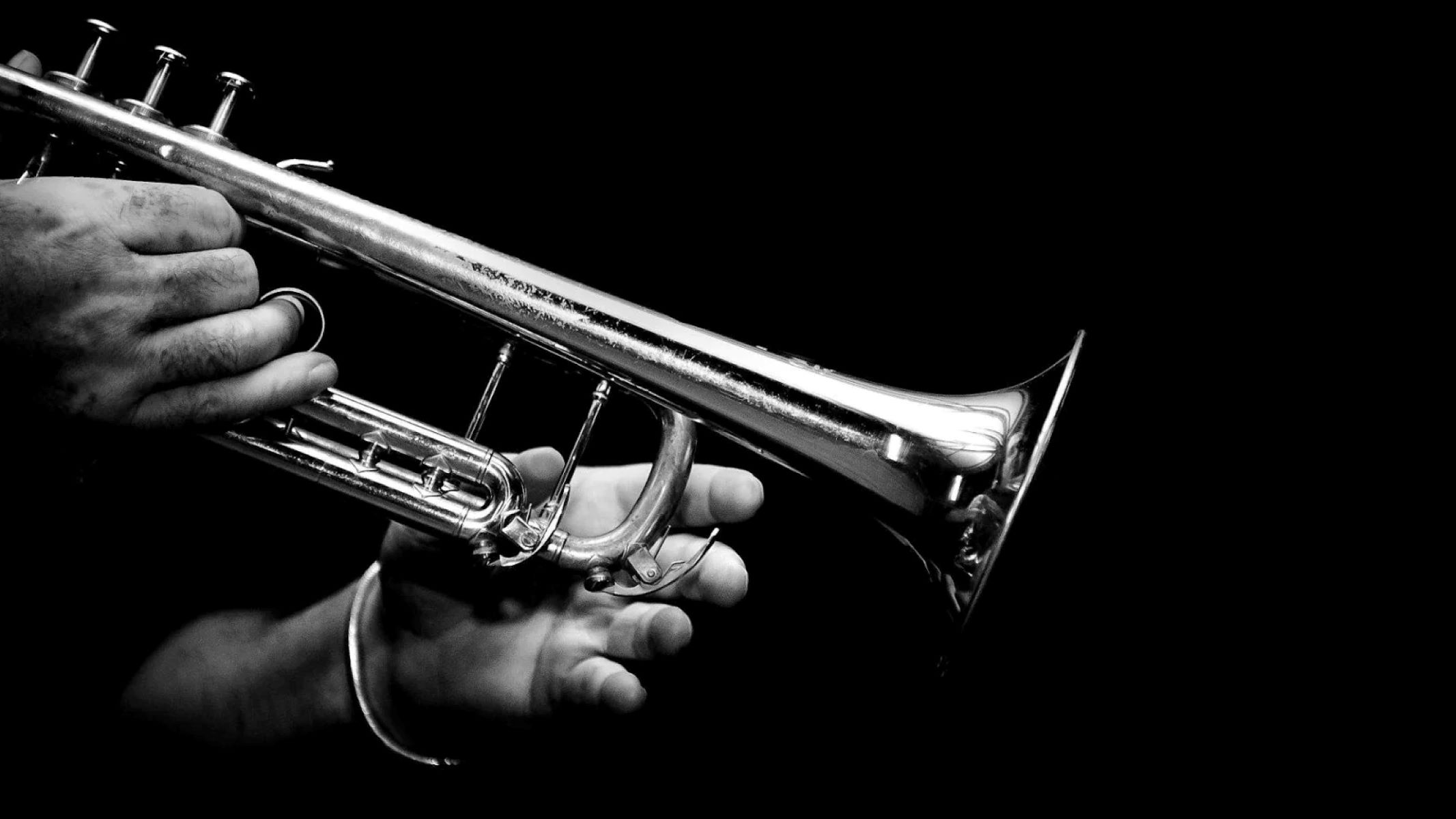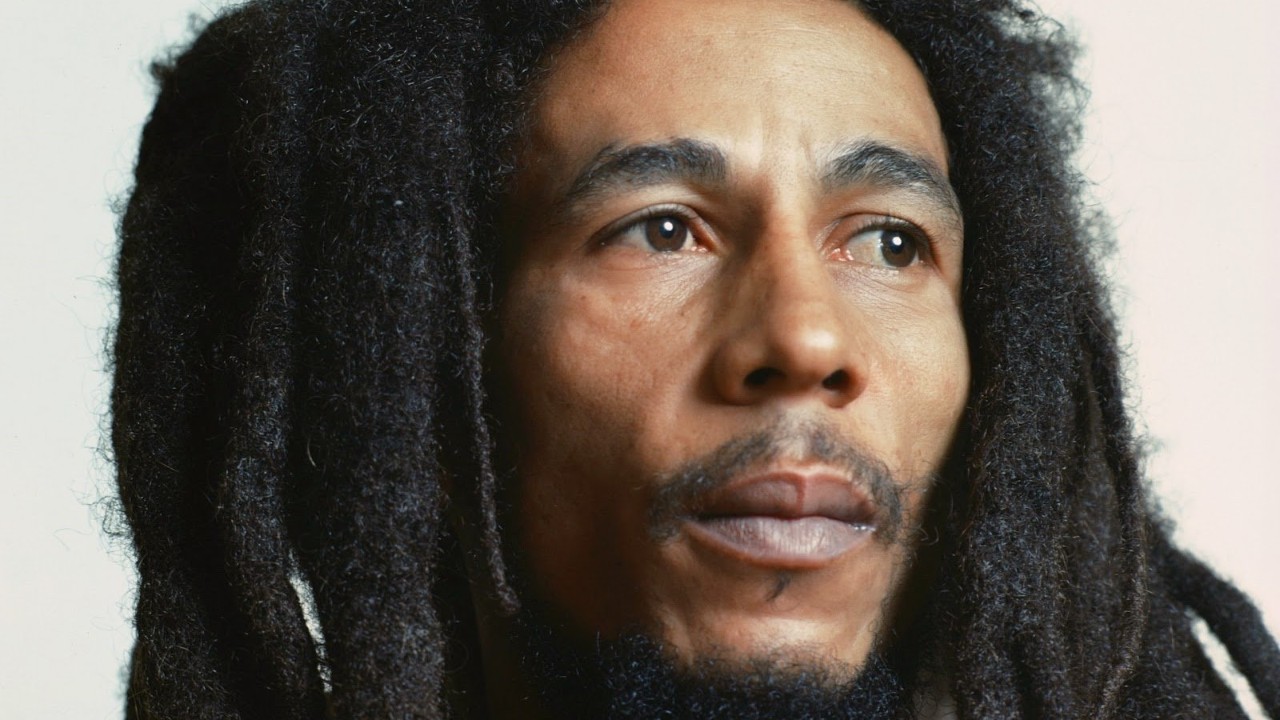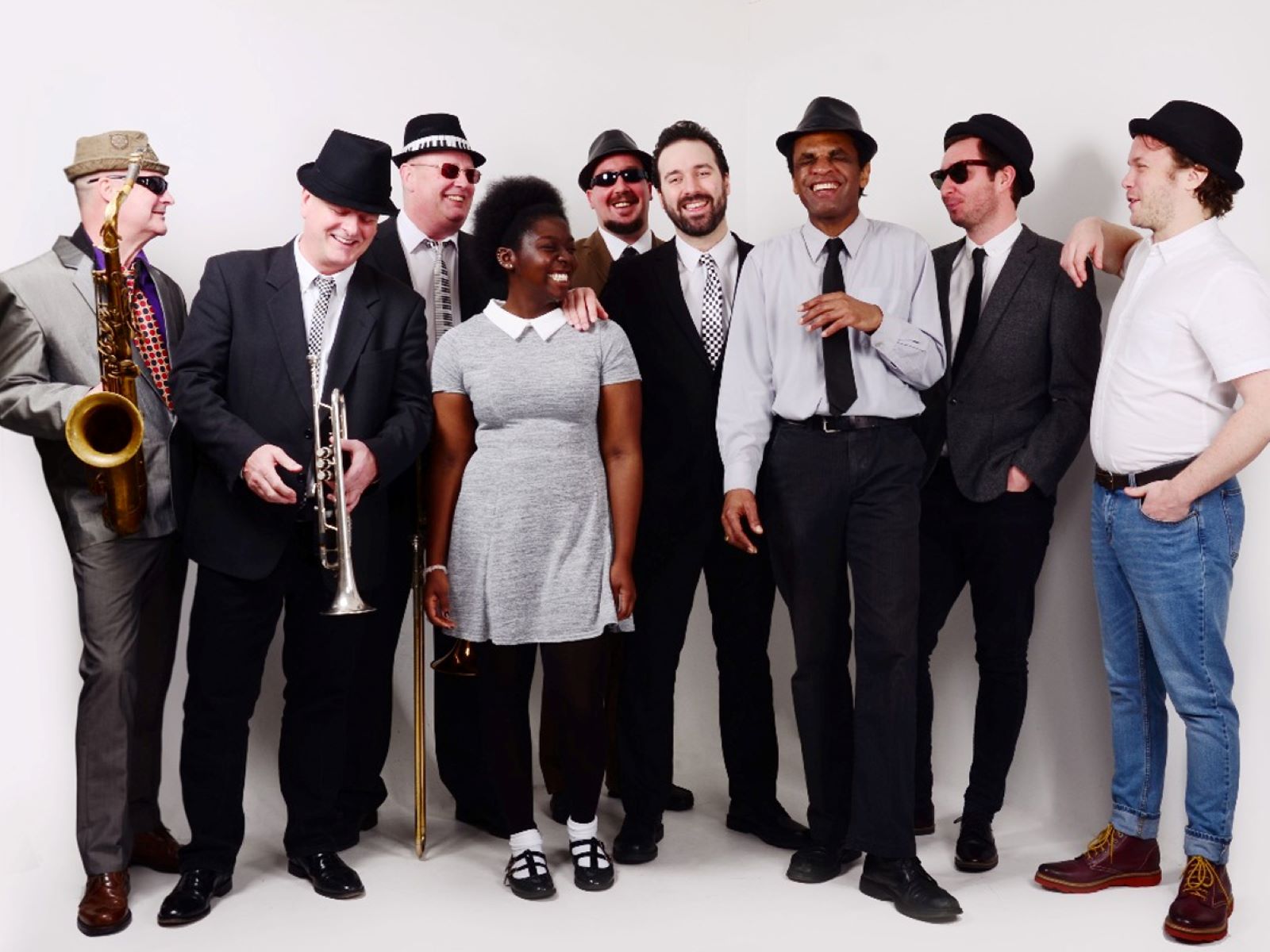

Reggae
Which Came First Ska Or Reggae
Modified: February 18, 2024
Discover the roots of Reggae music and its relationship with Ska. Uncover the history and chronology of these two iconic genres.
(Many of the links in this article redirect to a specific reviewed product. Your purchase of these products through affiliate links helps to generate commission for AudioLover.com, at no extra cost. Learn more)
Table of Contents
Introduction
Reggae music is a genre that has captured the hearts of people all over the world, known for its infectious rhythms, soulful melodies, and meaningful lyrics. But before reggae, there was ska, the precursor that laid the foundation for this iconic genre. The relationship between ska and reggae is undeniable, with reggae evolving from ska and incorporating its distinctive elements. However, a long-standing debate among music enthusiasts revolves around which came first: ska or reggae?
In order to shed light on this matter, it is important to delve into the origins, characteristics, and development of both ska and reggae. By understanding the musical journey that led to the emergence of these genres, we can gain a deeper appreciation for their impact and significance in the music world.
So, join us as we embark on a rhythmic journey to explore the rich history of ska and reggae, and unravel the mystery of which came first.
Definition of Ska
Ska is a genre of music that originated in Jamaica in the late 1950s. It is characterized by its lively and upbeat tempo, syncopated rhythms, and prominent use of horns, guitars, bass, and drums. Ska is known for its infectious energy and danceable grooves.
The term “ska” is believed to come from the sound made by the guitar on the upstroke, which is a defining feature of ska music. It is often described as a combination of Caribbean mento, American R&B, and jazz influences, creating a distinct sound that is unmistakably ska.
One of the hallmarks of ska music is the use of offbeat rhythms, where the emphasis falls on the “upbeat” rather than the “downbeat.” This gives ska its distinctive bounce and infectious feel, encouraging people to dance and move to the rhythm.
Ska music is also characterized by its melodic horn lines, often played by trumpets, trombones, and saxophones. These intricately arranged horn sections add a vibrant and energetic element to the music.
The lyrics in ska songs often touch upon social, political, and cultural themes, reflecting the struggles and aspirations of the Jamaican people. Ska music played a significant role in providing a voice for the marginalized and the oppressed, giving birth to a rich tradition of social commentary within the genre.
Overall, ska can be described as an exuberant and infectious genre of music that blends various musical influences to create a unique sound. Its rhythmic energy and meaningful lyrics have made it a beloved genre not only in Jamaica but across the globe.
Origins of Ska
The origins of ska can be traced back to the dynamic cultural landscape of Jamaica in the 1950s. Influenced by the vibrant music scene in Kingston and the cultural melting pot of the island, ska emerged as a fusion of various musical styles.
At its core, ska was heavily influenced by Jamaican mento, a style of folk music that incorporated African and Caribbean rhythms with European instruments. The upbeat and lively nature of mento served as a foundation for the development of ska.
Another significant influence on ska was American R&B and jazz music. With the advent of radio and the availability of American records on the island, Jamaican musicians were exposed to the infectious rhythms and soulful melodies of these genres. They incorporated these elements into their music, infusing ska with a distinct flavor.
The social and political climate of Jamaica also played a role in shaping the sound of ska. The newfound independence of the country in 1962 brought a sense of optimism and pride among the Jamaican people. Ska was seen as an expression of this newfound freedom, with its lively and celebratory nature reflecting the spirit of the times.
The emergence of ska can be credited to the contributions of various influential musicians and bands. One of the key figures in the development of ska was the legendary Jamaican musician and producer, Clement “Sir Coxsone” Dodd. His sound system, Studio One, was instrumental in promoting and popularizing ska music, providing a platform for talented musicians to showcase their skills.
Artists like The Skatalites, Byron Lee and the Dragonaires, and Prince Buster played a crucial role in popularizing ska both in Jamaica and internationally. The Skatalites, in particular, are often hailed as the pioneers of ska, with their groundbreaking performances and recordings defining the sound of the genre.
Overall, the origins of ska can be attributed to a blend of Jamaican mento, American R&B, jazz, and the sociopolitical climate of Jamaica in the 1950s. The fusion of these influences created a vibrant and energetic genre that would go on to lay the foundation for the evolution of reggae music.
Characteristics of Ska Music
Ska music is characterized by its distinctive elements that set it apart from other genres. These characteristics contribute to the lively and infectious nature of ska, making it an irresistible genre for music lovers. Here are some key characteristics of ska music:
- Upbeat Tempo: Ska music is known for its fast-paced and energetic tempo. The rhythm is typically driven by a strong emphasis on the offbeat, creating a bouncy and infectious feel that is guaranteed to make you move.
- Offbeat Rhythms: A defining feature of ska is the emphasis on the “upbeat” or the second and fourth beats in each measure. The guitar or keyboard typically plays the offbeat chords, creating a rhythmic pattern that gives ska its distinctive bounce and syncopation.
- Horn Sections: Ska music often features a prominent horn section comprising trumpets, trombones, and saxophones. These horns add a melodic and dynamic element to the music, accentuating the catchy melodies and creating an exuberant sound.
- Walking Basslines: Ska basslines are typically characterized by a steady and rhythmic pattern known as a “walking bassline.” This pulsating bass provides a solid foundation for the rest of the instruments and drives the rhythmic energy of the music.
- Skanking: Skanking is a style of dance that originated alongside ska music. It involves a rhythmic movement of the legs, often in a back-and-forth motion, synchronized with the offbeat rhythm of the music. Skanking has become synonymous with ska, and it adds to the vibrant and lively atmosphere of ska concerts and gatherings.
- Socially Conscious Lyrics: Ska music often carries socially conscious and thought-provoking lyrics. It serves as a platform for expressing social, political, and cultural issues, reflecting the struggles and aspirations of the Jamaican people. These lyrics speak to the experiences of the marginalized and provide a voice for the oppressed.
Collectively, these characteristics give ska music its infectious energy and make it a genre that is hard to resist. The rhythmic interplay, catchy melodies, and powerful lyrics all contribute to the unique sonic experience that is ska.
Development of Ska in Jamaica
The development of ska in Jamaica was a vibrant and transformative period in the country’s musical history. It emerged in the late 1950s and gained popularity throughout the 1960s, leaving an indelible mark on Jamaican culture and paving the way for the evolution of reggae.
At its inception, ska was primarily embraced by the working class and youth in Jamaica. The energetic and danceable nature of ska resonated with them, and it became the soundtrack of the streets and dancehalls. Ska was performed live at parties, sound system dances, and local venues, creating a sense of community and joy among its listeners.
The emergence of ska was closely tied to the growth of the recording industry in Jamaica. Record producers such as Clement “Sir Coxsone” Dodd, Duke Reid, and Prince Buster played a pivotal role in promoting ska and providing a platform for talented musicians. These producers established their own record labels and sound systems, which became important hubs for the development and dissemination of ska music.
During this time, influential musicians and bands began to shape the sound of ska. The Skatalites, a group of immensely talented musicians, played a significant role in defining the genre. Their unique blend of horns, rhythm section, and infectious melodies set the standard for ska music. Their collaboration with legendary vocalists such as Prince Buster and The Maytals helped propel ska to new heights.
Ska also played a crucial role in breaking down racial and social barriers in Jamaica. It brought people from different backgrounds together on the dance floor, uniting them through the universal language of music. The infectious rhythms and lively atmosphere of ska dances showcased the power of music as a unifying force.
By the mid-1960s, ska began to evolve and transform into a new genre known as rocksteady. Rocksteady retained some elements of ska but slowed down the tempo and focused more on soulful melodies and vocal harmonies. Eventually, the evolution continued, giving birth to reggae music.
Despite ska’s decline in popularity in Jamaica in the late 1960s, its impact was far from over. Ska found new life and a global audience in the 1970s, as it experienced a revival in the United Kingdom and other parts of the world. The second wave of ska, often referred to as 2 Tone ska, brought a modern twist to the genre, incorporating elements of punk and new wave music.
The development of ska in Jamaica marked a transformative moment in the country’s musical landscape. It laid the foundation for the emergence of other genres and showcased the immense talent and creativity of Jamaican musicians. Today, ska stands as a testament to the power of music to shape culture and bridge divides.
Definition of Reggae
Reggae is a genre of music that originated in Jamaica in the late 1960s. It is characterized by its distinctive rhythms, soulful vocals, and powerful social and political messages. Reggae has become synonymous with the cultural identity of Jamaica and has gained global recognition for its infectious grooves and conscious lyrics.
The term “reggae” is believed to have originated from the Jamaican patois word “streggae,” which refers to a “ragged” or “rough” individual. This term was later adapted to describe the music that emerged from the streets of Kingston.
Reggae music is built on a rhythmic foundation known as the “one-drop” rhythm, characterized by a strong emphasis on the third beat of each measure. This gives reggae its distinctive groove and laid-back feel, encouraging listeners to sway and immerse themselves in the music.
Another integral element of reggae is the “skank” guitar style, which features a repetitive and rhythmic strumming pattern on the offbeat. The skank guitar pattern not only adds depth to the music but also serves as a guide for other instruments and vocals to follow.
Vocally, reggae is known for its smooth and soulful singing, often accompanied by harmonies and backing vocalists. The lyrics in reggae songs discuss a variety of themes, including love, social justice, poverty, spirituality, and cultural pride. Many reggae artists are known for their conscious and socially conscious lyrics, using their music as a platform to address important issues and inspire change.
Reggae is also characterized by its use of various musical instruments, including bass, drums, keyboards, and horns. The bassline in reggae often plays a prominent role, providing a solid foundation and driving the rhythm of the music. The combination of these instruments creates a rich and vibrant sound that is uniquely reggae.
Over the years, reggae has evolved and diversified, giving rise to different subgenres such as dub, roots reggae, dancehall, and reggae fusion. Each subgenre has its own distinct characteristics, adding to the richness and versatility of reggae music.
Reggae music has had a profound impact on global culture, spreading messages of peace, love, and unity. It has become a symbol of resistance and liberation, inspiring people around the world to embrace their roots and fight for justice. With its infectious rhythms, soulful melodies, and powerful lyrics, reggae continues to captivate hearts and minds, ensuring its legacy as one of the most influential genres in music history.
Origins of Reggae
The origins of reggae can be traced back to the vibrant music scene of Jamaica in the late 1960s. Reggae emerged as a natural progression from the popular rocksteady genre, incorporating elements of ska, mento, and rhythm and blues. It provided a fresh and evocative sound that captured the essence of Jamaican culture and resonated with audiences on a global scale.
Reggae music was strongly influenced by the sociopolitical climate of Jamaica at the time. The music became an outlet for expressing the struggles and aspirations of the Jamaican people, addressing issues of poverty, inequality, and political unrest. With its uplifting rhythms and conscious lyrics, reggae quickly became a voice for the marginalized, a source of inspiration, and a means of spreading messages of social change.
One of the pioneering figures in the development of reggae was legendary musician and producer, Bob Marley. Marley’s distinctive style, rooted in reggae’s foundation, helped propel the genre to international recognition. Through his iconic songs such as “No Woman, No Cry” and “One Love,” Marley and his band, The Wailers, brought reggae music to a global stage, advocating for peace, love, and unity.
The music of reggae is characterized by its signature rhythms and instrumentation. One key element is the emphasis on the offbeat, known as the “skank”, which gives reggae its distinctive groove and feel. The basslines in reggae are often deep and melodic, serving as the backbone of the music. Additionally, reggae music features the use of horns, guitars, keyboards, and drums, creating a rich and layered sound.
Reggae also gained popularity through the rise of sound system culture in Jamaica. Sound systems were mobile DJ setups that played music at parties and events, providing a platform for local artists to showcase their talents. These sound systems played a significant role in the development and promotion of reggae music, spreading its infectious rhythms and captivating melodies throughout the island.
Internationally, reggae found widespread acclaim during the 1970s, as artists like Bob Marley, Jimmy Cliff, and Peter Tosh brought the genre to global audiences. The infectious rhythms and lyrics of reggae resonated with people from diverse backgrounds, making it a symbol of resistance, unity, and liberation.
Over the years, reggae has continued to evolve, fusing with other genres and influencing various musical styles worldwide. Subgenres such as dancehall, reggae fusion, and roots reggae have emerged, each bringing its own unique flavor to the genre. Today, reggae remains a powerful force in the music industry, spreading its messages of love, peace, and social justice and serving as a cultural symbol of Jamaica’s rich musical heritage.
Characteristics of Reggae Music
Reggae music is renowned for its distinctive characteristics that set it apart from other genres. Rooted in the cultural heritage of Jamaica, reggae has a sound that is instantly recognizable and has captivated audiences worldwide. Here are some key characteristics of reggae music:
- Offbeat Rhythm: Reggae is known for its emphasis on the offbeat, also known as the “one-drop” rhythm. This rhythmic pattern creates a laid-back and infectious groove, with the emphasis on the third beat of each measure. The offbeat rhythm, often played by the guitar and highlighted by the drums, gives reggae its unique and recognizable sound.
- Skank Guitar Style: The guitar in reggae plays a prominent role, using a technique known as the “skank.” The skank guitar style involves playing short, rhythmic chords on the offbeat, complementing the bassline and creating a sense of movement and groove in the music.
- Deep Basslines: Reggae is characterized by its deep and melodic basslines that provide a solid foundation for the music. The bass serves to enhance the rhythmic drive and provides a sense of depth and warmth to the overall sound.
- Emotive Vocals: Reggae vocalists are known for their soulful and emotive voices. The vocals in reggae often convey powerful social and political messages, addressing themes of love, unity, resilience, and social justice. The heartfelt delivery of the lyrics adds depth and resonance to the music.
- Socially Conscious Lyrics: Reggae lyrics address a wide range of social, political, and cultural issues. Reggae musicians use their platform to voice concerns about poverty, racism, inequality, and injustice. The lyrics often carry messages of empowerment, unity, and hope, inspiring listeners to strive for positive change.
- Instrumentation: Alongside the guitar and bass, reggae music incorporates a variety of instruments such as drums, keyboards, horns, and percussion. These instruments contribute to the rich and layered sound of reggae, adding texture and depth to the music.
Reggae music embodies a sense of positivity, resilience, and cultural identity. Its infectious rhythms, soulful vocals, and socially conscious lyrics have made it a genre that resonates with people from all walks of life. Reggae continues to evolve and influence music around the world, serving as a reminder of the power of music to unite, inspire, and bring about positive change.
Relationship Between Ska and Reggae
The relationship between ska and reggae is closely intertwined, with reggae evolving from ska as its predecessor and incorporating many of its musical elements. Ska and reggae are both genres that originated in Jamaica and are deeply rooted in the island’s rich musical heritage. Understanding the connection between these genres enhances our appreciation for the development and evolution of Jamaican music.
Ska, with its lively tempo, offbeat rhythms, and horn sections, laid the foundation for reggae. It provided a rhythmic and melodic template that would be built upon and transformed in the creation of reggae music. The energetic and infectious nature of ska captured the attention of music lovers not only in Jamaica but also around the world.
As ska evolved, it gradually slowed down, the emphasis on the offbeat shifted, and the music became more focused on the soulful and spiritual aspects. This transformation gave rise to rocksteady, a transitional genre that bridged the gap between ska and reggae. Rocksteady further slowed down the tempo and placed more emphasis on the bassline and vocal harmonies.
By the late 1960s, reggae emerged as a distinct genre, building on the foundation laid by ska and rocksteady. Reggae music retained elements from ska, such as the offbeat rhythm and the use of horns, but introduced new elements, including a deeper focus on the bassline, a greater lyrical emphasis on social issues, and a slower tempo with a more relaxed feel.
The relationship between ska and reggae can be likened to that of a parent and child. Ska, as the parent genre, birthed reggae, which then expanded upon and developed its own identity. Just as a child inherits certain characteristics and traits from their parent, reggae inherited the infectious energy and rhythmic patterns of ska, while adding its own distinct style and flavor.
Despite their differences, ska and reggae share a common thread of reflecting the social and cultural landscape of Jamaica. Both genres have served as vehicles for expressing the struggles and aspirations of the Jamaican people, giving a voice to the marginalized and inspiring social change.
Today, ska and reggae continue to coexist and influence each other in the music world. Many contemporary reggae artists incorporate elements of ska into their music, acknowledging the historical significance and timeless appeal of the genre. The relationship between ska and reggae is a testament to the enduring legacy of Jamaican music and its ability to evolve and reinvent itself while still staying true to its roots.
Debates on Which Came First
The question of which came first, ska or reggae, has been the subject of ongoing debates among music enthusiasts and scholars. While there is no definitive answer, exploring the evolution of these genres provides some insights into the discussion.
Some argue that ska came first, serving as the foundation for reggae. Ska emerged in the late 1950s and gained popularity in the 1960s, characterized by its upbeat tempo, syncopated rhythms, and prominent horn sections. It laid the groundwork for the development of reggae, with its infectious energy and danceable grooves.
On the other hand, others contend that reggae came first, evolving from the slower and more soulful style known as rocksteady. Rocksteady emerged as a transitional genre between ska and reggae, incorporating elements of both. It featured a slower tempo, strong basslines, and smoother vocal harmonies, setting the stage for what would become reggae.
Another perspective suggests that ska and reggae developed simultaneously, with both genres influencing and inspiring each other. This argument suggests that the line between ska and reggae is not set in stone, but rather a fluid and continuous evolution of Jamaican music. The two genres may be seen as different phases of the same musical movement.
It is important to note that the development of these genres was not a linear process. There was a cross-pollination of influences, as artists experimented with different styles, rhythms, and musical approaches. Elements of ska can be found within reggae, and reggae incorporates elements of ska and rocksteady.
Ultimately, the question of which came first, ska or reggae, may be more of an academic debate than a definitive answer. What is undeniable is the interconnectedness and coexistence of these genres in the rich tapestry of Jamaican music history. The legacy of ska and reggae is a testament to the ingenuity and creativity of Jamaican musicians and their profound impact on global music.
Regardless of the outcome of the debate, what remains is the enduring popularity and timeless appeal of both ska and reggae. Both genres continue to captivate audiences around the world, spreading messages of unity, love, and social consciousness.
Conclusion
The relationship between ska and reggae is a testament to the vibrant and ever-evolving nature of Jamaican music. While the debate rages on regarding which came first, it is clear that ska and reggae share a deep connection and common roots.
Ska, with its upbeat tempo and infectious energy, laid the foundation for the emergence of reggae. Reggae, in turn, expanded upon the stylistic elements of ska, incorporating socially conscious lyrics, a deeper focus on the bassline, and a slower tempo. The evolution of these genres reflects the changing times and the socio-political climate of Jamaica.
Through the infectious rhythms, soulful vocals, and powerful lyrics, both ska and reggae have made a profound impact on global music and culture. They have provided a platform for expressing social and political issues, promoting unity, and inspiring change.
While the debates surrounding the origins of ska and reggae may never reach a definitive conclusion, what is certain is their lasting legacy. These genres continue to captivate audiences worldwide, attracting new generations of listeners and influencing a wide range of music styles.
Whether dancing to the lively beats of ska or immersing oneself in the powerful messages of reggae, both genres serve as a reminder of the transformative power of music. They bring people together, bridge divides, and provide a voice for the voiceless.
In the end, what truly matters is the profound impact that ska and reggae have had on individuals and communities. They have brought joy, inspiration, and a sense of cultural identity to millions of people, cementing their place as enduring and influential genres in the world of music.
So, whether you’re a fan of ska, reggae, or both, let the rhythms, melodies, and messages of these genres continue to uplift your spirit and ignite the fire within.

